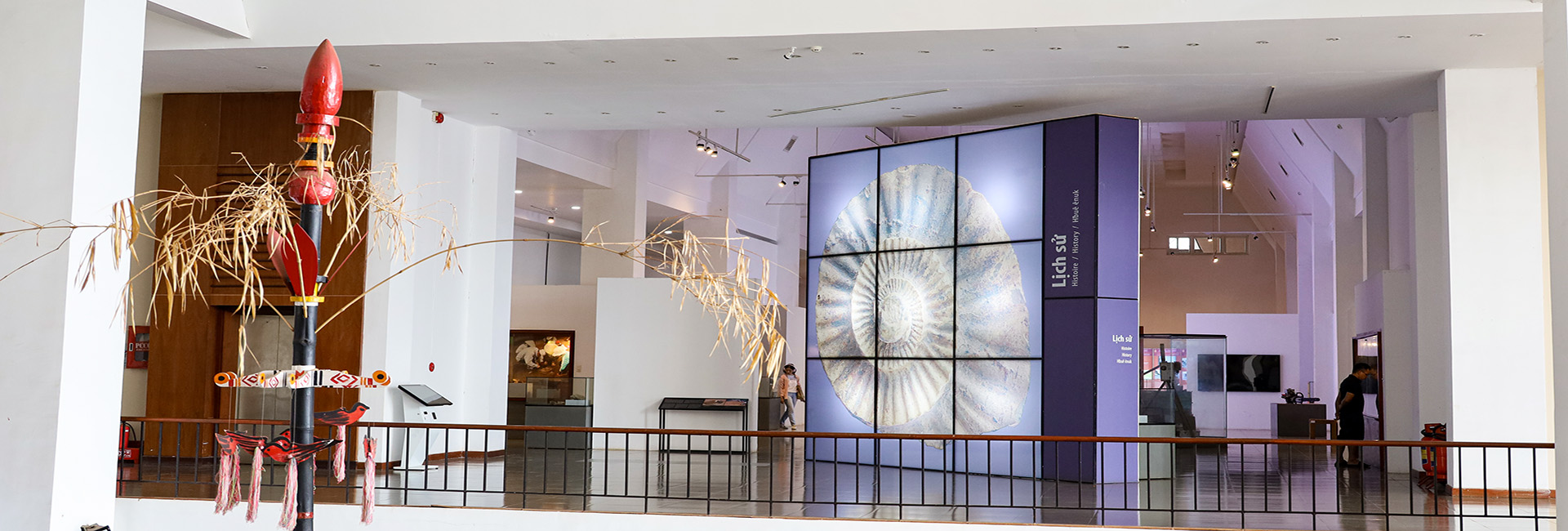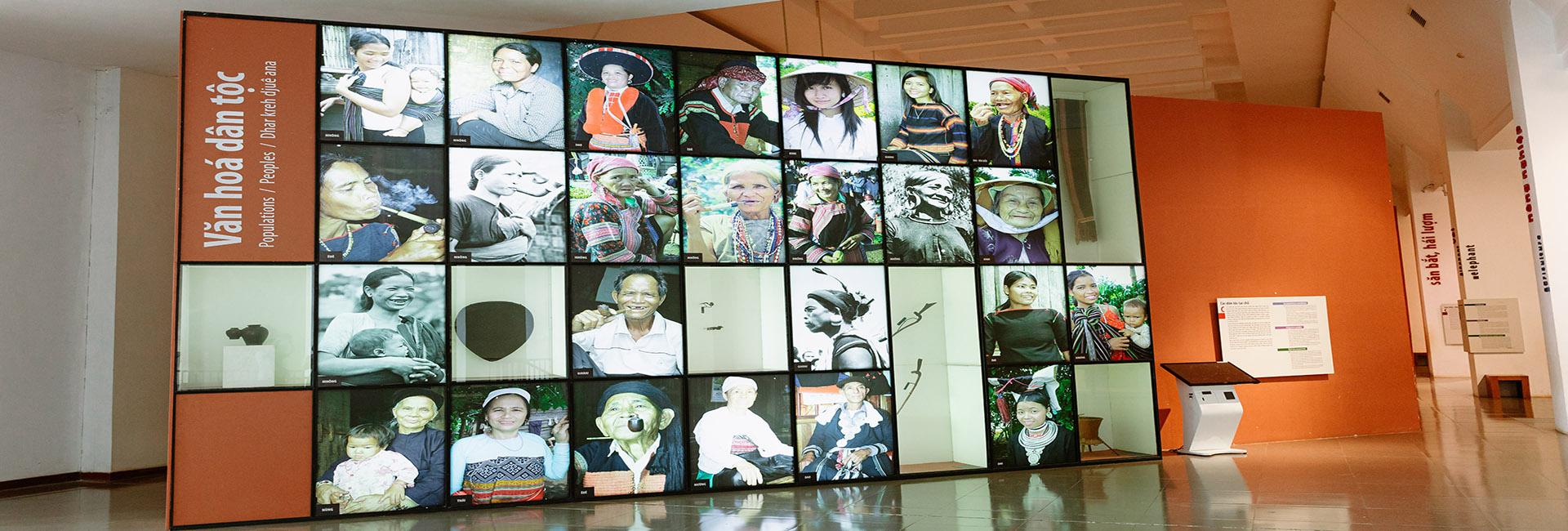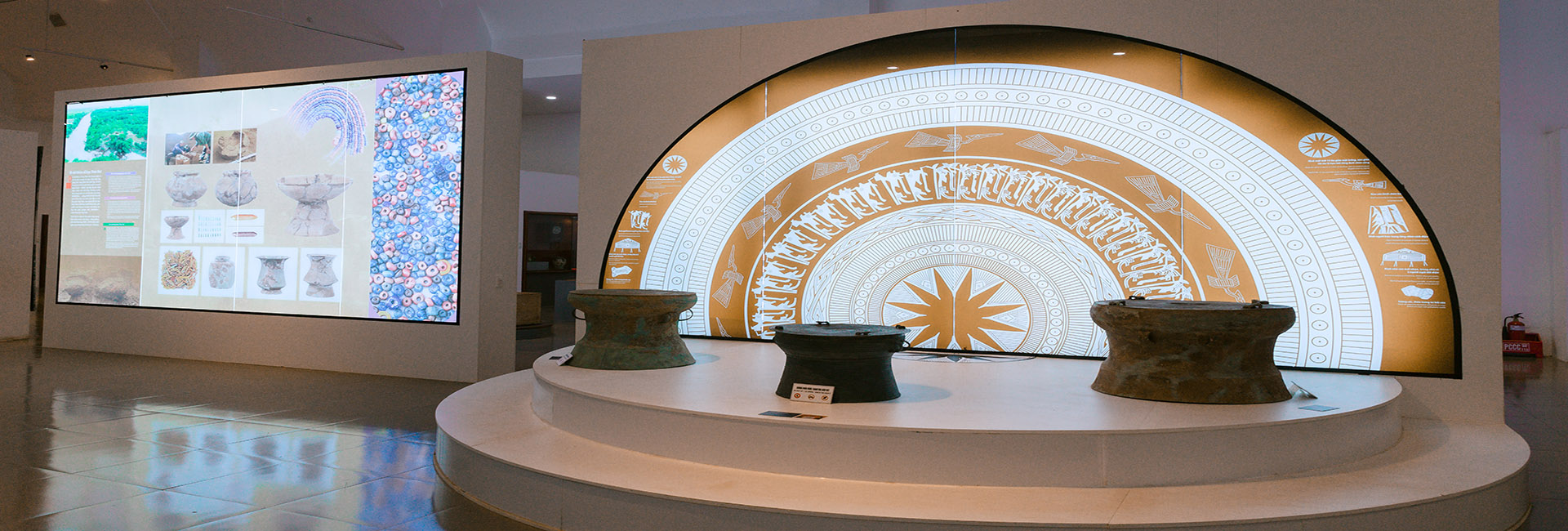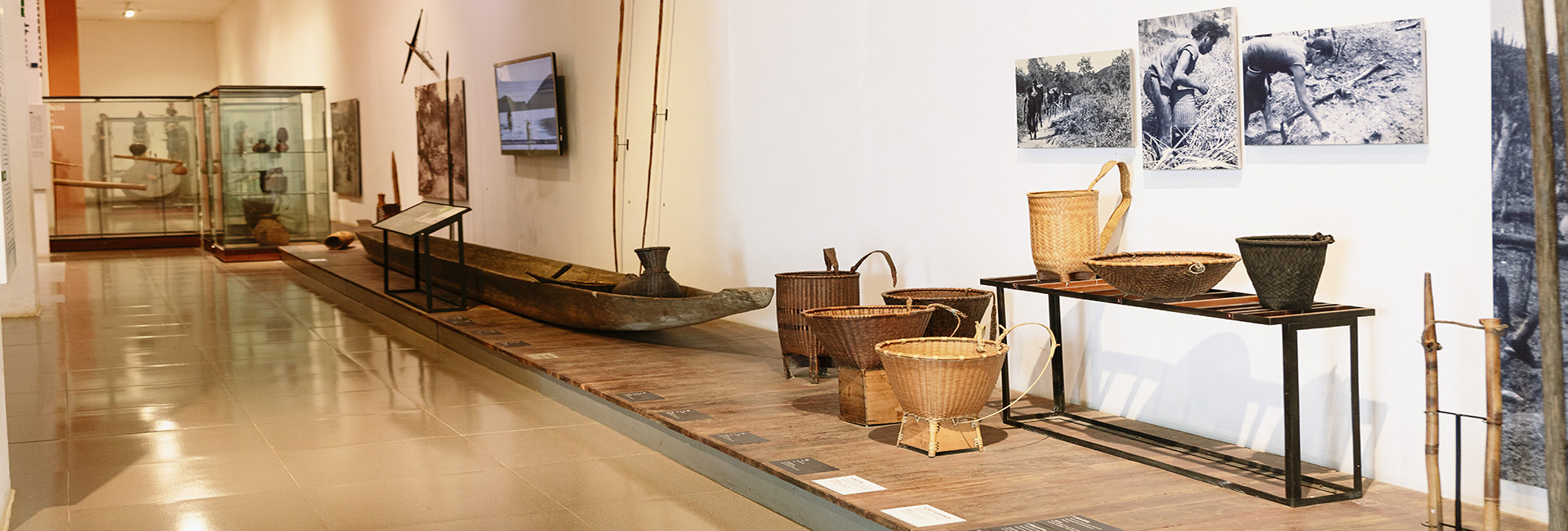THE FIRST NATIONAL TREASURE OF DAK LAK "DRILL BIT COLLECTION AT THAC HAI SITE"
By 2024, Dak Lak has discovered over 70 archaeological sites, dating back thousands of years, which is considered as an evidence of the very early presence of prehistoric residents here. An ancient culture of Dak Lak with brilliant development, spread and interference. Thousands of found various artifacts provide a large material resource for researching the history of Dak Lak. These artifacts converge the cultural quintessence of each historical period and the crystallization of labor, exploration and constant creativity of the ancients, affirming a long-standing historical and cultural tradition of Dak Lak, unique and diverse in the unity.
Among them, "Collection of drill bits at Thac Hai Site" includes 250 artifacts excavated directly at Thac Hai Site, dated about 4,000-3,000 years ago. It is mannered with particularly historical and cultural values, and becomes the first artifact collection of Dak Lak recognized by the Prime Minister as a National Treasure.
About Thac Hai archaeological site
Thac Hai archaeological site located in village 6, Ia J’loi commune, Ea Sup district, Dak Lak province, was excavated by Dak Lak Museum in collaboration with Vietnam National Museum of History between 2021 and 2022.
This site is on a high mound to the right bank of the Ea H'leo River, sloped from the East to the West, about 4 - 5m higher than the surrounding area and about 10 - 15m higher than the current river level. Surrounding three sides of the mound is the Ea H'leo River and its tributaries. The Eastern part of the site, where the main flow of the Ea H'leo River flows across, has suffered serious landslides. Currently, the remaining area of the Thac Hai Site for studying is about 7,000m2, densely distributed with relics and remains from the Eastern mound top to the Western mound foot.
The cultural layer of the site is over 2.0m thick, inside contains burial relics, dark-earthern pit and several remains such as graters, axes, adzes, bark beaters. In particular, through two periods of excavation, nearly 3,000 drill bits and unfinished artifacts made of opal, jasper, silicon, phthalite, etc., and thousands of microflakes have been collected. With the total relic and remains, Thac Hai is considered as a complex relic functioned as a settlement, cemetary and a large-scale drill bit workshop.
The nature of long-term stable settlement is clearly shown through about-2meter-thick strata, accompanied by pottery, stone artifacts and other traces of activities such as coal, ash and dark-earthern pits. The burial appear in all depths of culture, the burial type is quite uniform. Besides, the nature of the factory here is even more prominent due to the presence of drill bits in large quantities accompanied by artifacts related to the manufacturing process such as raw stones, stone nucleus, flakes, grinding stones, unfinished artifacts and scraps...
Through the characteristics of relics and remains, along with the analysis results of C14 dating, archaeologists determined that Thac Hai Site is in the chronological frame from 4,000 to 2,000 years ago, including two different early and late stages of development, in which the drill bit collection was determined in the chronological frame from 4,000 to 3,000 years ago.
The only drill bit workshop discovered in the Central Highlands unit now
Among the total relics and remains discovered at Thac Hai, the drill bit collection holds a prominent position, making an important contribution to understanding the characteristics and value of this site. The appearance of drill bits in large quantities along with other accompanying artifacts such as stone nodules, potsherds, unfinished artifacts, scraps... is a very clear evidence of a complete manipulation chain from the raw stone materials to the final products that are the drill bits. Before the discovery of Thac Hai, in the Central Highlands, it is only found axe and adze making workshops which are divided into preliminary processing and finishing ones; meanwhile, the workshop in Thac Hai is a complete process from raw stone materials to finished products.
Not only providing evidence of a processing chain, but the drill bit collection at Thac Hai also demonstratinng the pinnacle development in stone processing techniques in the Central Highlands during the Late Neolithic Age, with its full presence of all kinds of stone crafting techniques such as chiseling, pressing, grinding, sawing, polishing, etc. This pinnacle development is the foundation for Thac Hai residents to approach new technology achievements of the times and it developed as a craft center of this region during the Early Iron Age.
As one of five sites where drill bits were discovered in Vietnam, the drill bit collection at Thac Hai has completely different characteristics compared to the collections at the other four locations left. While the drill bits at Bai Tu, Trang Kenh, Bai Ben and Ba Vung are still unfinished or carved artifacts, modified and quite large in size, mainly used in core separation drilling techniques, the drill bits at Thac Hai are small with the extremely refined and polished whole body used to drilling center holes and making beads. Besides, at Thac Hai there is also a type of drill bits whose both ends are used, which does not exist at Bai Tu, Trang Kenh, Bai Ben and Ba Vung areas.
Drill bit collection at Thac Hai made from popular stones in the Central Highlands such as opal, silex and phthalite. These stone types named by geological researchers silixic jade stones, with quite high hardness, from 6.5 - 7.5 according to the Mohs scale, perfectly suitable for making drill bits. There were 6 stone samples selected for petrographic analysis at the Institute of Mineral Geology. The results showed that the stone samples all belonged to three stone types above.
The drill bit collection at the Thac Hai site has been characteristically unused, showing that they are export products to other places. This suggests the possibility of learning about the exchange network between stone processing factories in the Pre-Historic Age in the Central Highlands in particular and Southeast Asia in general. In that context, the Thac Hai site and the drill bit collection have emerged as a typical example, an industrial center of the era, evidenced clearly by a large drill bit processing workshop on site.
Special historical and cultural values
Drill bit collection at Thac Hai has specially historical and cultural values. These values have an organic and inseparable relationship with the position of Thac Hai archaeological site in the context of Central Highlands archeology in the Pre-Historic period.
First of all, with the collected documents, it can be seen that Thac Hai site has the thickest cultural layer in the Central Highlands, which shows long-term and continuous residence. The Thac Hai site, a highly spacious riverside mound, with a favorable natural landscape, near a water source, is a land for farming and has convenient transportation for exchange and trade, so it soon attracted ancient residents come to settle and make production. It was this long-term stability that contributed to creating the foundation for technical development in Thac Hai, making it a handicraft industry center in the Pre-Historic period.
In addition to its scientific and technical values, the drill bit collection at Thac Hai is also a valuable information source to learn about the network of trade, exchange and culture in the Central Highlands during the Pre-Historic period. Around Thac Hai, along the Ea H'leo River, archaeologists have identified some locations having raw stones, flakes, even drill bits similar to these of Thac Hai, which elicit the possibility of a workshop system existence along the Ea H'leo River, supplying products to Pre-Sa Huynh - Sa Huynh sites on the Eastern Coast and archaeological sites in the Western Cambodia.
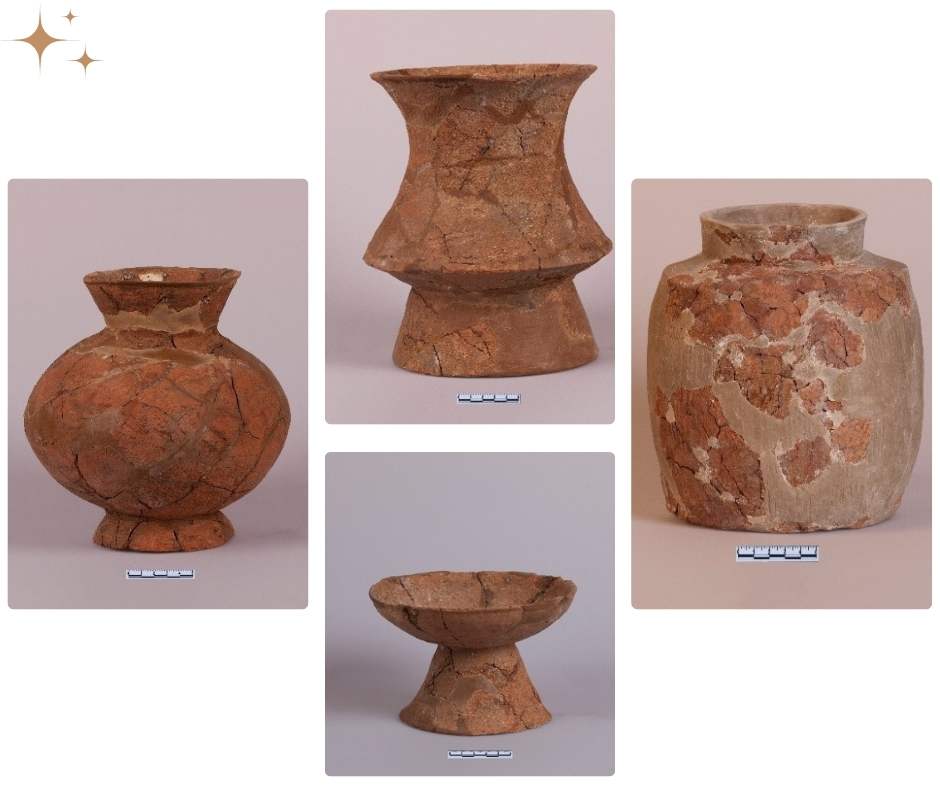
Types of ceramic after restoring

Types of drill bits
Thanks to its unique form and specially historical and cultural values, it can be seen that the Thac Hai archaeological site is very important for studying the Pre-Historic period in the Central Highlands. Particularly, the drill bit collection at Thac Hai include uniquely and typically original, authentically dated, clearly originated artifacts through archaeological excavations, and have specially historical and cultural values. Therefore, the drill bit collection of the Thac Hai site was recognized as a national treasure according to Decision No.73/QĐ-TTg dated on January 18th, 2024 by the Prime Minister.
Quang Nam, Bao Tram





